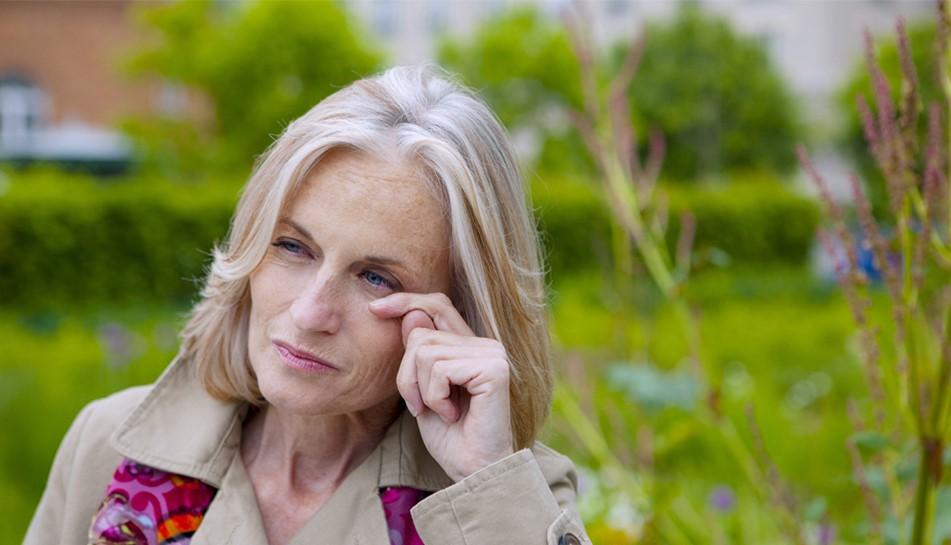Dry, itchy, irritated eyes are not uncommon among people living in the mid-Atlantic region during spring or fall allergy seasons. Airborne allergen levels start to peak around these times of year and people who are allergic start to exhibit symptoms. With public awareness increasing of Dry Eye Disease, many patients wonder if they are experiencing allergies or something more.
What are Common Symptoms?
We see a lot of patients with a cluster of symptoms that are unpleasant to deal with, but could come from either allergies or Dry Eye. While I certainly don’t recommend aggressively rubbing your eyes, one quick way to tell the difference is to gently rub your eyes. If you get relief from gently rubbing, it is likely Dry Eye. If you don’t get relief, it is likely to be allergies.
Some similar symptoms may include:
- redness
- itchiness
- a gritty sensation in your eyes
- light sensitivity
- watery eyes
It is interesting that many people feel like if their eyes are watering excessively, they couldn’t have Dry Eye. The truth is, watery eyes is one of the main symptoms we see in Dry Eye sufferers!
Dry Eye Disease can actually cause vision to be blurry and your eyes to feel tired, which is another important differentiator. For allergy sufferers, the skin around the eyes may also be red and irritated and there may be other tell-tale symptoms like sneezing, nasal congestion, or runny nose that are caused by ragweed or other allergens. Often people who have Dry Eye may be more prone to allergies because you don’t have your own natural, healthy tears that help flush allergens off the surface of the eye.
What are the Best Allergy Treatment Options?
If allergies are indeed the root cause of your symptoms, you can’t count on over the counter allergy drops to provide relief. Fortunately, we have a full palette of options to choose from, including:
– Topical antihistamines
– Topical mast cell stabilizers
– A variety of prescription drops, including a newly FDA approved cyclosporine ophthalmic emulsion (Verkaszia 0.1%) drop that provides relief for a common allergy that impacts pediatric patients
– An innovative option for steroid treatment without the hassle of allergy eye drops, Dextenza
What are the Best Dry Eye Treatment Options?
If you are experiencing troublesome symptoms, your best course of action is to schedule an appointment with one of our medical optometrists. And if you are diagnosed with Dry Eye Disease, it will be important to determine the true underlying causes with a full Dry Eye Evaluation which will enable us to develop a tailored treatment plan that addresses the specific root cause of your Dry Eye or allergies and not just the symptoms.
Some of the leading edge Dry Eye treatments our experienced team at MOA offers, includes:
– Intense Pulsed Light (IPL)
– Lipiflow – TearCare Thermal Pulsation (LipiFlow, TearCare, iLux)
– Punctual Plugs
– Amniotic Membrane placement
– Scleral lenses
– Demodex treatment and eyelid cleansing
– Nutritional Therapy with Dry Eye Omega Benefits by PRN
We work hard to find the right course of treatment for each Dry Eye patient and partner with them to find the timing and cadence that works best for them. We are seeing more and more patients find success in their journey with Dry Eye when using the new IPL in office treatment that removes troublesome blockages in the glands around the eyes with intense pulses of light. We generally avoid IPL treatments during summer when UV exposure is high.
To learn more about the causes of and cutting edge treatments for Dry Eye Disease, click here to check out the Dry Eye Management page our MOA’s website.

